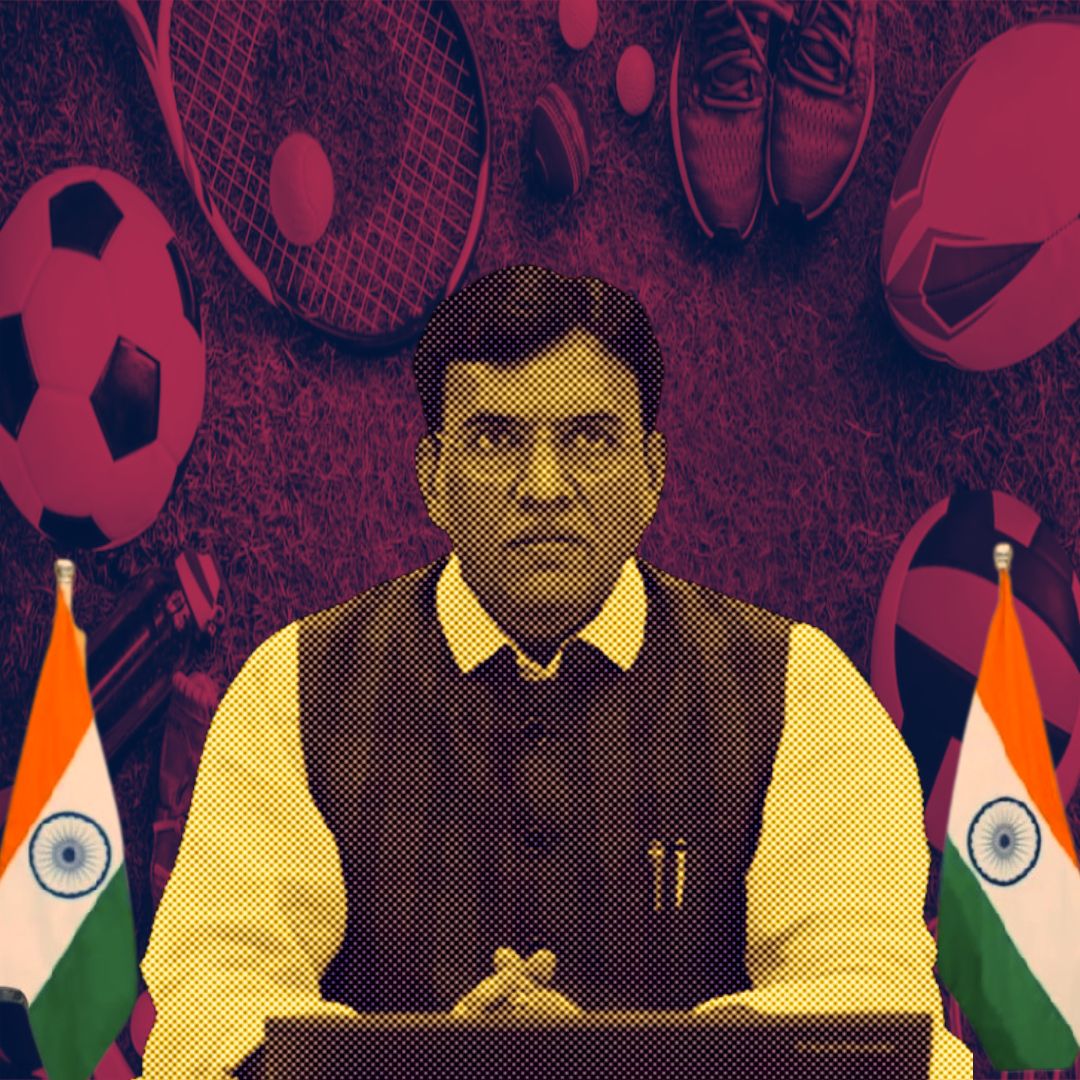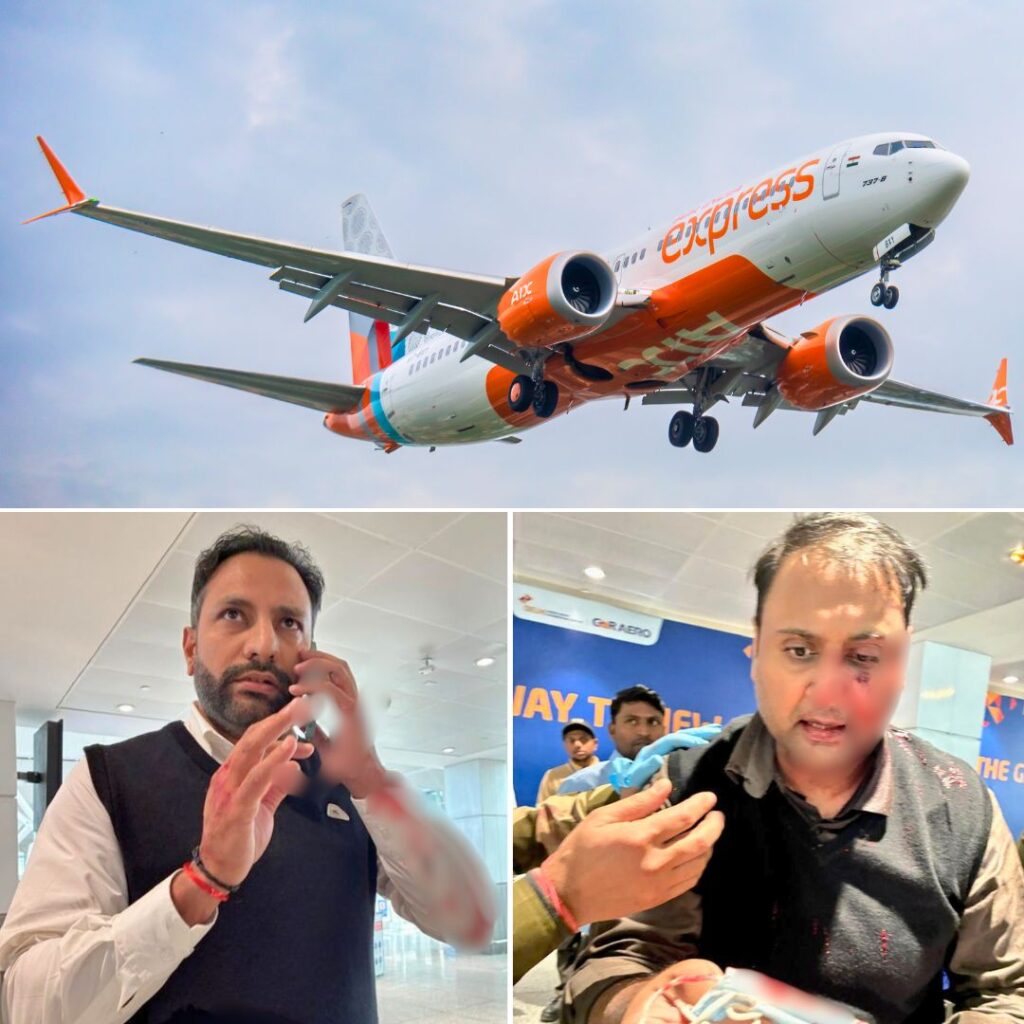A recent Google-Deloitte report projects that India’s sports industry will reach $130 billion by 2030, growing at a 14% CAGR, nearly double the national GDP growth. This expansion is expected to create 10.5 million jobs and generate $21 billion in indirect tax revenue. Notably, 59% of sports fans are from rural areas, with a significant rise in multi-sport fandom, particularly among Gen Z, who represent 43% of the fan base. Officials emphasize the importance of leveraging digital platforms and technology to enhance engagement and drive growth.
Transformative Growth in Sports Consumption
The report titled Think Sports: Unlocking India’s $130B Sports Potential highlights a significant shift in how sports are consumed in India, driven by increased government investments and a burgeoning multi-sport culture. Roma Datta Chobey, Managing Director (Interim Country Lead) at Google India, stated, “This is a pivotal moment for sports in India… We see immense potential in leveraging the digital ecosystem to enhance the fan experience.” The report notes that 90% of Indian sports fans now follow multiple sports, with cricket still dominating but Kabaddi and football gaining substantial traction, boasting 120 million and 85 million fans respectively.
Contextual Background and Future Prospects
The anticipated growth reflects broader societal changes, including a rising fitness culture and increased discretionary spending among consumers. The sports goods and apparel market is projected to double in value to $58 billion by 2030, highlighting the economic potential of this sector. Romal Shetty, CEO of Deloitte South Asia, remarked on India’s opportunity to become a global sports leader, emphasizing that “advancements in technology… allow us to nurture talent from the grassroots level.” This growth trajectory presents unique opportunities for public-private partnerships to foster equitable development across demographics.
The Logical Indian’s Perspective
The Logical Indian views this report as a beacon of hope for India’s socio-economic landscape, showcasing how sports can serve as a catalyst for employment and community engagement. As we witness this transformation, it is crucial to ensure that the benefits reach all corners of society, particularly underrepresented groups. How can we further harness this momentum to promote inclusivity and diversity within India’s expanding sports ecosystem? Your thoughts and insights are welcome!











